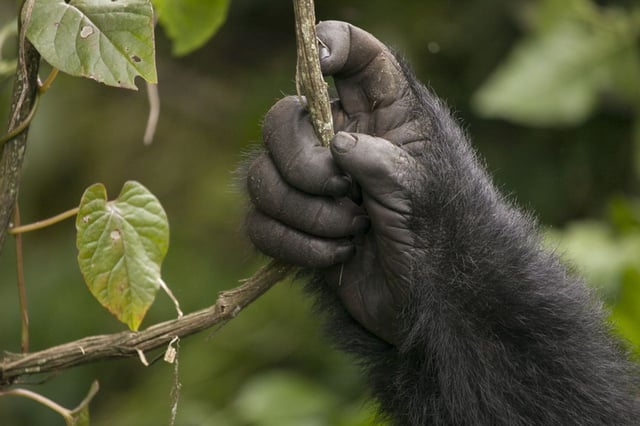Overview
- The peer-reviewed research, published in Communications Biology, offers the first lineage-wide empirical evidence connecting manual precision and brain evolution.
- The pattern holds across the primate tree even after removing human data, indicating the association is not driven solely by hominins.
- Variation correlates with neocortex size involved in cognition and sensory processing, not with the cerebellum associated with motor coordination.
- Authors and outside experts caution that thumb length and overall brain size are not direct proxies for tool use or intelligence and call for studies integrating other hand traits, biomechanics, and neural mechanisms.
- Humans and many hominins have exceptionally long thumbs and large brains yet fall within the broader primate relationship, with Australopithecus sediba a noted outlier with a longer-than-expected thumb.



